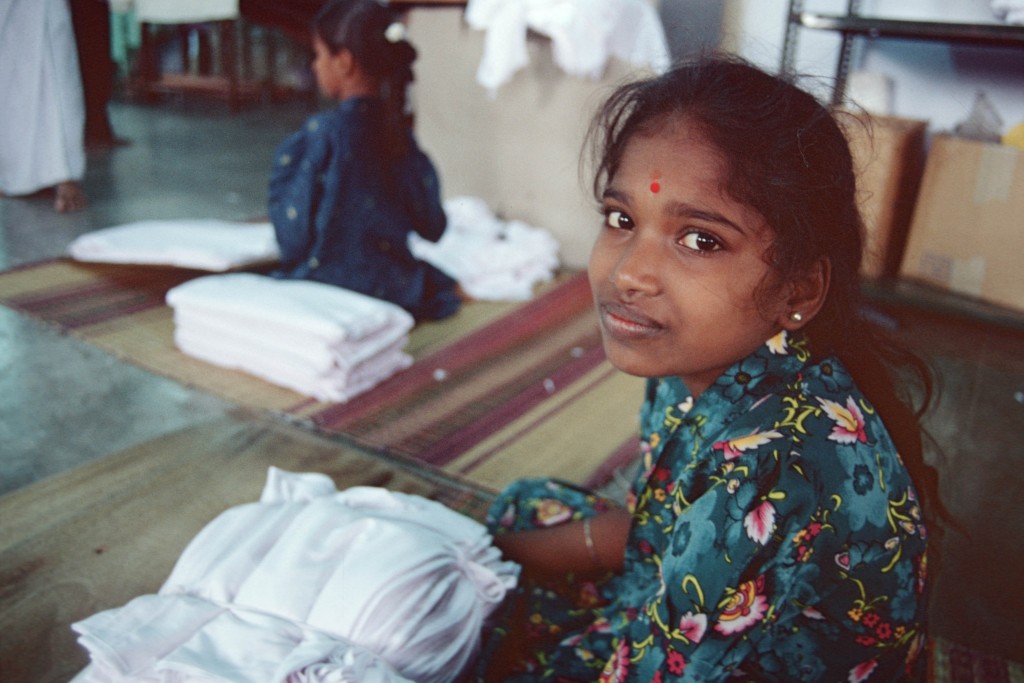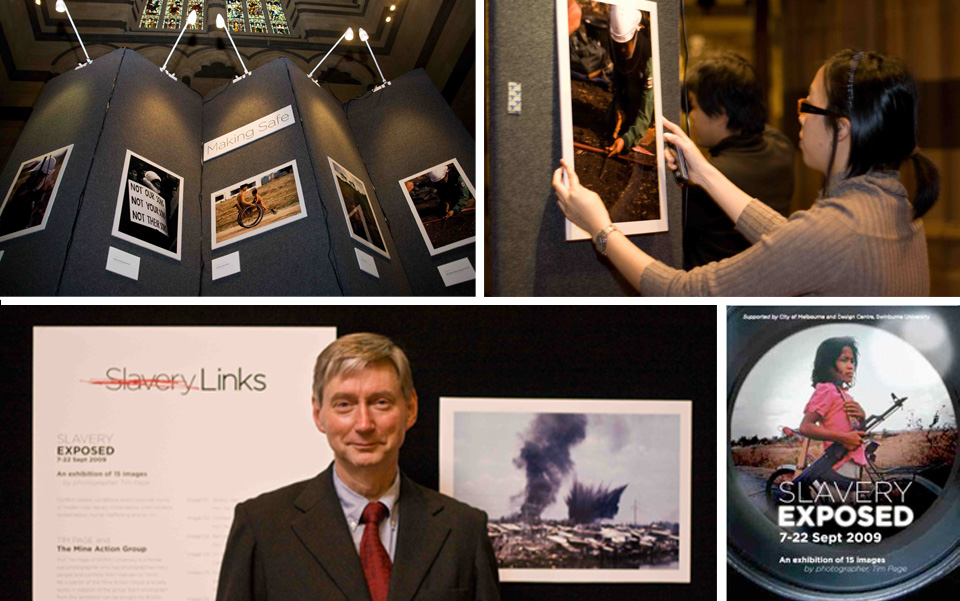Exhibitions
Exhibitions
Are you wearing a slave? 2015: An exhibition for the abolition of slavery
7 October to 30 October 2015
Exhibition held in The Kerry Packer Civic Gallery at the University of South Australia
Download an extract of the Exhibition catalogue.
PDF 646 KB | 5 pages

Slavery Exposed 2013: An exhibition about slavery in the past and modern times
19 August to 13 September 2013
North Transept, St Paul’s Cathedral
(Corner of Swanston and Flinders Streets)
Slavery Exposed features two heroes who were active in the banning of the slave trade 200 years ago.
John Newton (1725-1807) was sold as a slave in Africa, then rescued. He was active in the slave trade, even after a dramatic conversion to Christianity. He was made a priest in middle age; and was the author of several hymns, including “Amazing Grace”, which is still sung today.
Thomas Clarkson (1760-1846) campaigned against slavery for forty years. He collected a chest of African produce and manufactured goods. He rode around Britain, using these items to demonstrate: 1. that Europe could trade with Africa, without continuing the slave trade; and 2. that Africans were humans, should should not be traded like chattels (belongings).
Slavery did not stop 200 years ago. Examples have been found in Australia and the region. We can learn from the past about how to deal with slavery in the world today.

Slavery Exposed 2009
In September 2009 Slavery Links ran an exhibition in Melbourne, with
an ’emerging needs’ grant provided by Community Services Program of the
City of Melbourne. About 3,500 people passed through the exhibition
space in Saint Paul’s Cathedral.
The Design Centre from Swinburne University of Technology developed
the plan. Students installed the exhibition. Visitors provided useful
feedback. They wanted more opportunities for discussion and talk, more
interactive exhibits and a deeper understanding (which we have developed
into “the four engines of slavery”).


